The Iron Dome SAM system, jointly developed by Rafael Advanced Defense Systems and Israel Aerospace Industries (IAI), has emerged as a pivotal safeguard for populated areas against aerial threats. Discover the Best of the Iron Dome SAM System of Israel—a mobile air defence system renowned for its unparalleled precision in intercepting and neutralizing short-range rockets and artillery shells launched from distances of 4 to 70 km away.
The system uses a combination of radar, advanced algorithms, and a missile defence system to identify incoming threats and shoot them down before they can reach their intended target.
Iron Dome SAM System has been utilised to protect inhabited regions and vital resources, with over 2,100 interceptions as of now. The multi-mission system effectively blocks not only rockets & missiles but can also neutralise incoming artillery such as C-RAM, Cruise Missiles, Precise Guided Missiles (PGM), UAVs, Air Breathing Threats (ABTs _ aircraft, helicopters ) and Dense Salvos at extremely close range.
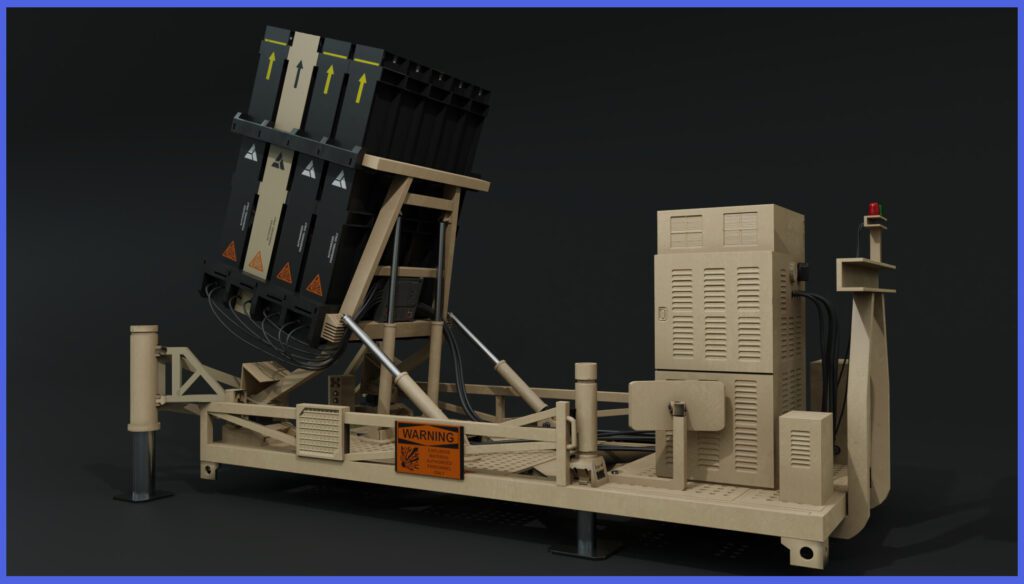
The system includes three main components: a radar system to detect incoming threats, a control centre to analyze the data and make decisions about how to intercept them, and a missile launcher that fires the Iron Dome interceptor missile.
When a threat is detected, the control centre calculates its trajectory and determines whether it poses a danger to populated areas or strategic targets. If it does, an interceptor missile is launched to intercept and destroy the incoming projectile in mid-air.
On March 27, 2011, the Iron Dome air defence system became operational near Beersheba. It achieved its first successful interception of a rocket fired from Gaza on April 7, 2011. According to a report by The Jerusalem Post on March 10, 2012, the system demonstrated an impressive 90% success rate in intercepting rockets fired from Gaza that were targeting inhabited areas.
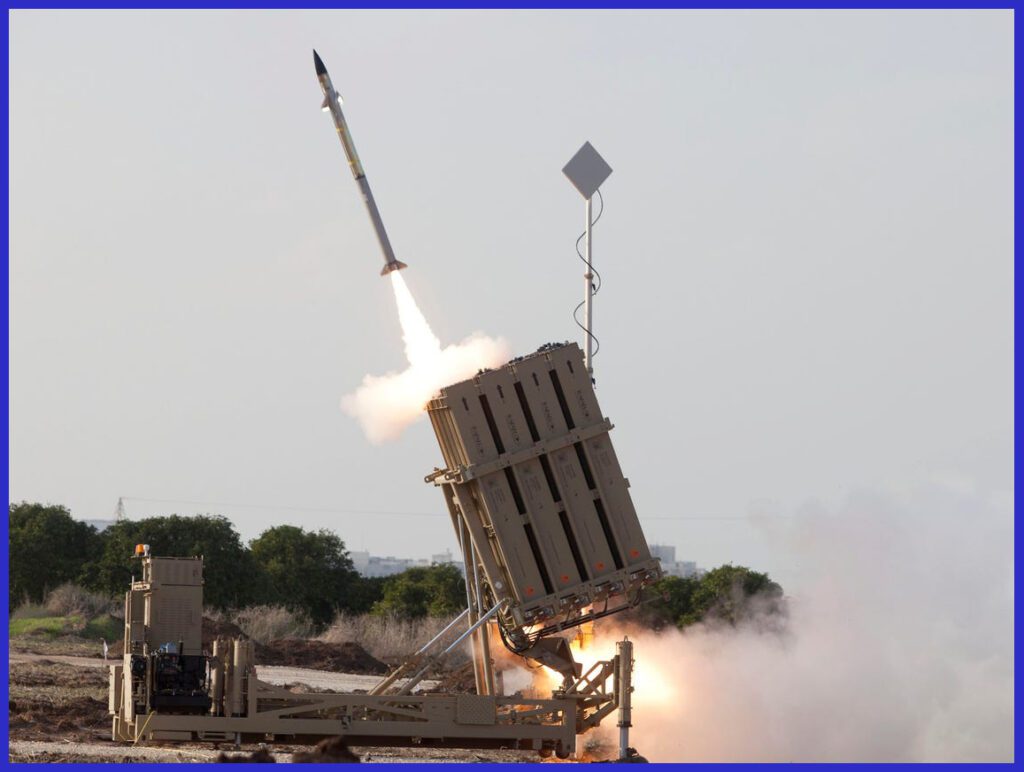
In late 2012, Israel expressed its intention to enhance the versatility of the Iron Dome and increase its range significantly, aiming to extend it from its existing maximum range of 70 km to an impressive 250 km, thereby enabling the system to intercept missiles arriving from two different directions simultaneously.
Operation Iron Shield (2024): During the night of April 13, 2024, as many as 300 Iranian “killer drones, ballistic missiles, and cruise missiles” were launched at Israeli territory. In Operation ‘Iron Shield,’ Israel claims to have intercepted 99% of the Iranian drones and missiles with the assistance of its allies. The majority of interceptions were carried out by the Iron Dome, David’s Sling, and Arrow SAM systems. The success of Operation Iron Shield has reaffirmed the effectiveness, quality, and reliability of the Israeli SAM systems.
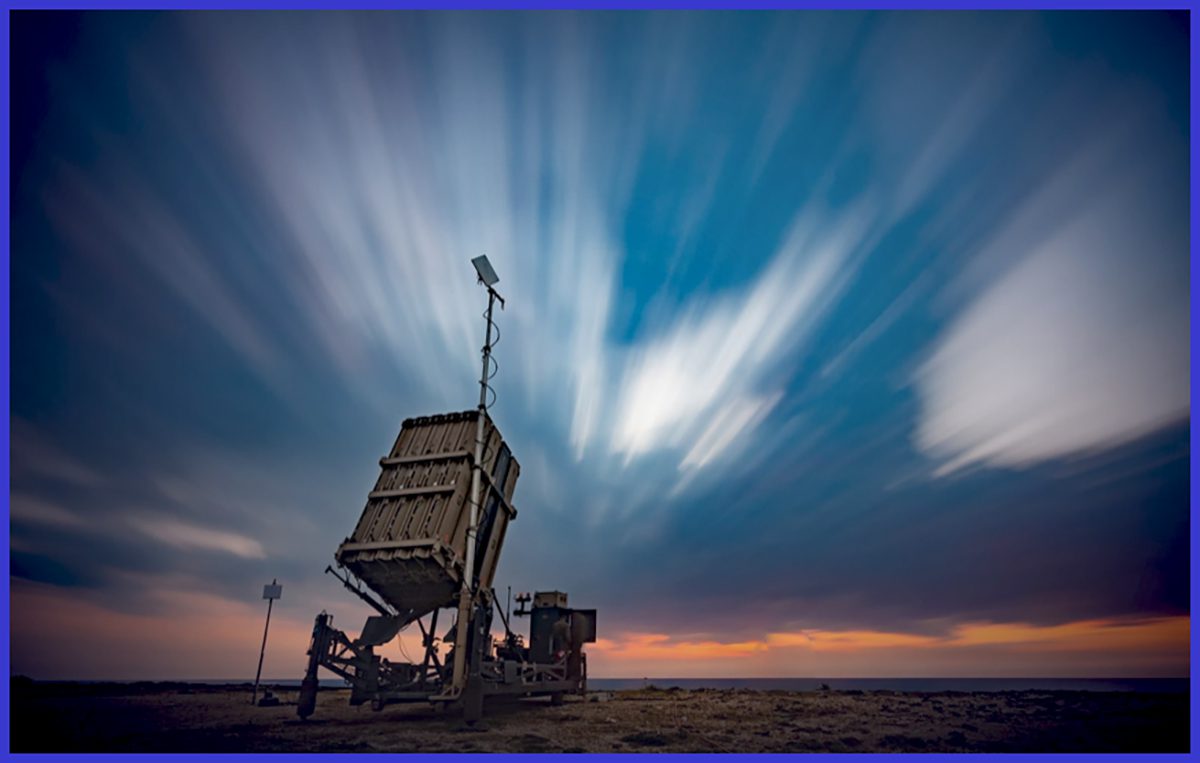
Iron Dome: Design & Development
The Iron Dome system ( missile known as Tamir ) was developed by the Israeli defence company Rafael Advanced Defense Systems in collaboration with the Israeli Defense Forces ( IDF ). The development of the Iron Dome system began in the early 2000s, in response to a growing threat of rocket attacks from militants in Gaza and southern Lebanon.
Israel commissioned the creation of the Iron Dome in 2007, deciding against the US giant Lockheed Martin in favour of the Israeli firm Rafael. The main battle management system for Iron Dome was developed by the Israeli company mPrest Systems. Military experts say it took less than four years for Iron Dome to go from the drawing board to combat readiness, which is incredibly fast for a weapon system created from scratch.
Since its introduction, the Iron Dome system has undergone several upgrades and enhancements, including improvements to its detection and interception capabilities, as well as the development of new types of interceptor missiles designed to counter a wider range of threats. The system has also been exported to several other countries, including the United States, which has deployed the system to protect its military bases and personnel in the Middle East.

The Advantages of Iron Dome
Many shorter-range targets, including rockets, artillery, and mortars, are detected, evaluated, and intercepted by Iron Dome. Day or night, in every weather—including low clouds, rain, dust storms, and fog—it is effective. It has a groundbreaking multi-mission launcher with several interceptor missile firing options.
The Iron Dome system utilizes Tamir missiles to intercept and neutralize incoming threats launched from distances ranging between 4 to 70 km. These Tamir missiles are equipped with advanced electro-optical sensors and steering fins, complemented by proximity fuze blast warheads. It is important to note that a significant portion of the Tamir missile components is sourced through the supply chain of Raytheon Missiles & Defense in the United States.
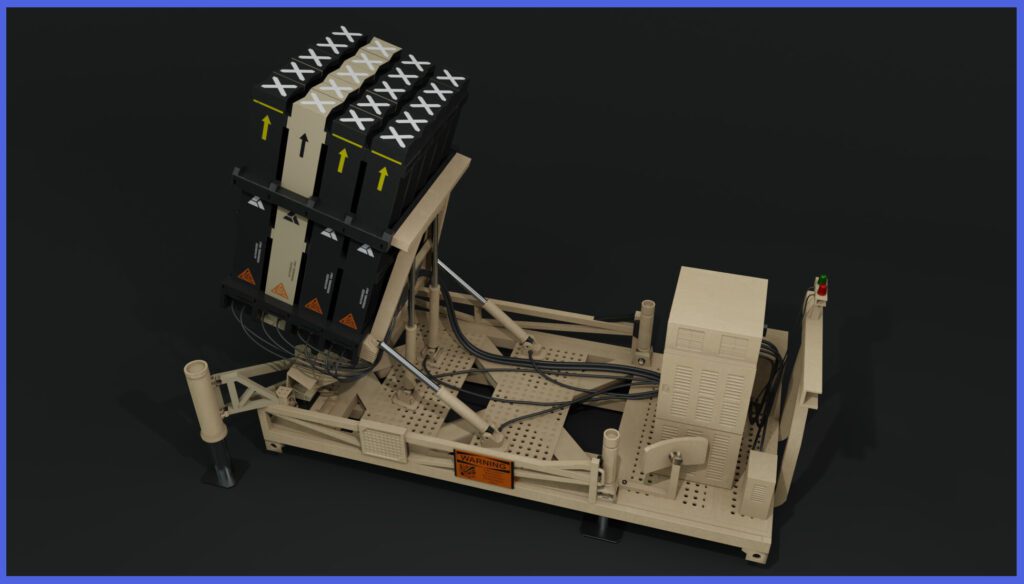
In Shorts
- Combat proved with more than 2,000 interceptions
- Success rate greater than 90%
- Manoeuvring Forces defence
- Quick reaction time
- Day/Night, all-weather capability
- Salvo interception capability
- Functions as a stand-alone system or as a layer in a multi-layer Air Defense System
- Cost-effective interceptor
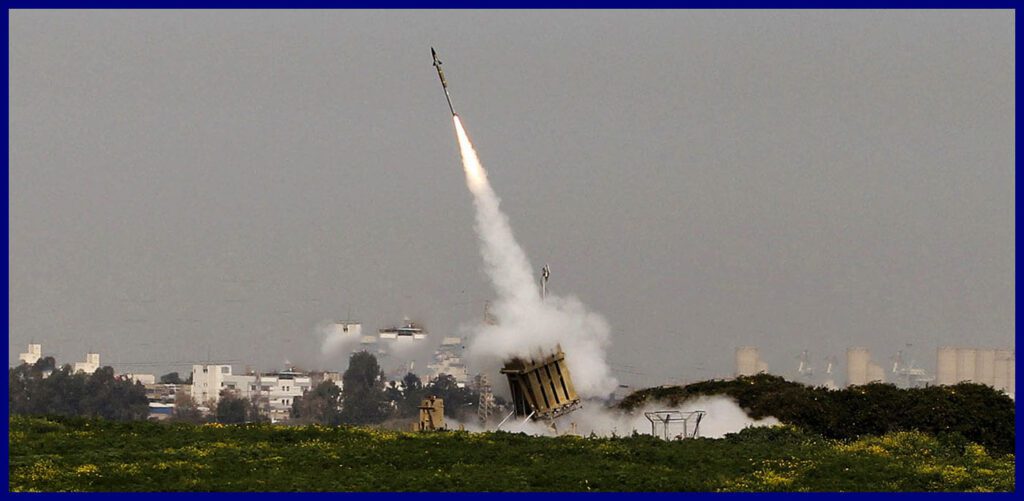
Co-production Initiatives With The United States Are Planned for Iron Dome
The co-production program forms part of a broader initiative aimed at bolstering defence cooperation between the United States and Israel, while also enhancing the U.S.’s air defence capabilities. To facilitate the construction of Iron Dome components within the United States, Israel’s Rafael Advanced Defense Systems joined forces with the U.S. defence contractor, Raytheon. In July 2014, it was officially disclosed that Raytheon would be the principal U.S. partner in the co-production process, focusing on major components for the Iron Dome’s Tamir intercepting missile.
The initiative is expected to create jobs and boost the U.S. defence industry, while also strengthening U.S.-Israel defence ties. In addition to co-producing the Iron Dome system, the United States and Israel are also collaborating on other air defence projects, including the development of a new system called “David’s Sling”, which is designed to provide enhanced protection against medium-range ballistic missiles and other aerial threats at higher layers.

On April 20, 2016, an Iron Dome interceptor underwent its first-ever test on US territory. During a test by Israeli company Rafael Systems and American defence contractor Raytheon, the Tamir interceptor launched by the Iron Dome system successfully attacked and destroyed its drone target.
Based on success rates, Israel is protected by ten Iron Dome batteries, each of which has three to four fixed launchers, 20 Tamir missiles, and a combat radar. The batteries are strategically positioned around cities to deflect threats away from densely populated regions. Each battery can defend an area of up to 60 square miles. Moreover, the clever Iron Dome system disregards approaching threats that it predicts will land in unpopulated areas, reducing the need for wasteful defence launches and saving operational expenses.

A naval version of the Iron Dome named C-Dome was unveiled by Rafael in October 2014. It is made to shield warships in blue and littoral waters from direct-fire weapons launched in saturation attacks and missiles with ballistic trajectories. The ship’s own surveillance radar is employed to eliminate the requirement for a dedicated fire control radar.
C-Dome has a 10-round canister with vertically launched Tamir interceptors providing 360-degree coverage, a feature not provided by the land-based Iron Dome system. The technology can be installed on tiny ships, including corvettes, offshore patrol ships, and even stationary oil rigs because of its compact footprint.
On May 18, 2016, Colonel Ariel Shir, who was in charge of Israeli naval operations, announced that their system had successfully intercepted and destroyed a group of short-range missiles while they were on a naval vessel at sea. Then, on November 27, 2017, the Israeli military declared that the C-Dome had achieved its initial operational capability after more than 18 months of design and integration work.
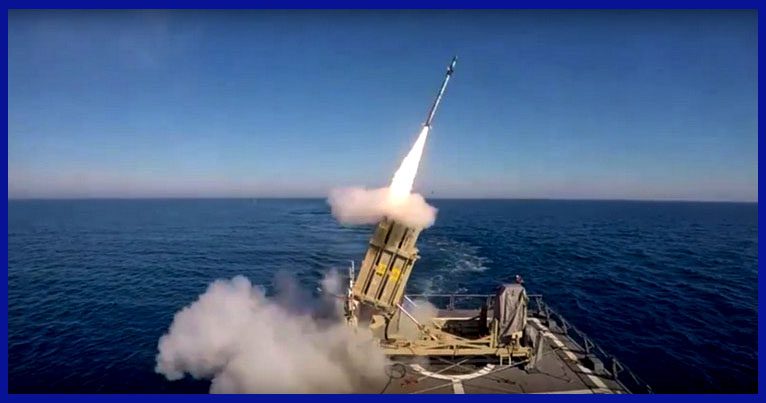
Iron Dome: The Guardian Against Hostile UAVs
While the Iron Dome is primarily designed to intercept and destroy short-range rockets and artillery shells, it has also been adapted to counter unmanned aerial vehicles (UAVs) or drones. In recent years, Hamas and other militant groups in Gaza have increasingly used drones to carry out attacks on Israeli targets. To counter this threat, the Israeli military has upgraded the Iron Dome system to include a radar system that can track and identify incoming UAVs and has integrated additional interception capabilities to shoot them down.
In a July 2015 demonstration, Rafael showcased the Iron Dome’s capabilities in neutralizing low- and high-flying UAVs (Unmanned Aerial Vehicles). The system proved effective in employing both proximity-operated weapons and kinetic strikes to intercept the targets. It can eliminate medium-altitude reconnaissance UAVs before they conduct surveillance and intercept armed UAVs before they can deploy their weapons.
However, some reports suggest that using Iron Dome to intercept drones may be more cost-effective than using other anti-drone systems, especially when compared to systems that use expensive anti-aircraft missiles. In fact, to neutralise kamikaze drones, this system will be the prime weapon of choice by the military.

The Replacement of the Iron Dome with Directed Energy Weapons shortly
Iron Dome has proven to be efficient against rocket assaults, but officials from the Defense Ministry are worried that, should a battle break out, it won’t be able to handle the larger arsenals Hezbollah holds in Lebanon. With a cheaper system cost and lower cost per shot than Iron Dome, directed-energy weapons were being looked into as a complement in 2014.
The strength of solid-state lasers ranges from 10 to 40 kW, numerous low-power beams might coordinate and converge on one location to burn through the rocket’s outer shell and destroy it safely from a distance of 15 to 20 kilometres.
In 2014, Rafael showcased its Iron Beam laser defence system at the Singapore Air Show. This system uses a powerful laser as a directed energy weapon to destroy rockets, mortar bombs, and other flying objects that pose a threat. The Iron Beam was designed to be used alongside the Iron Dome system. The development of the Iron Beam system began after the joint Israeli-American Nautilus laser development effort was terminated.
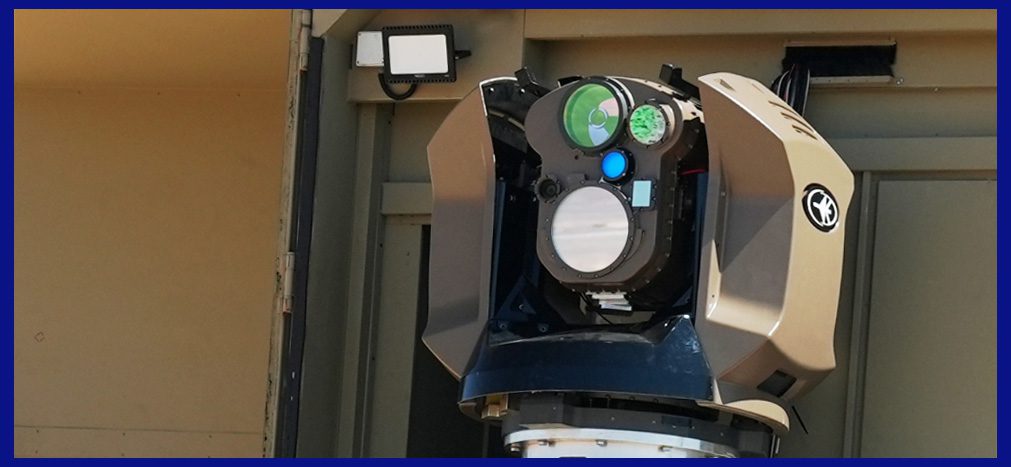
In February 2022, the Israeli Prime Minister, Naftali Bennett, announced that a ground-based laser system would be deployed within a year. First, it will be tested and then used to defend against rockets, missiles, and drones launched from the Gaza Strip. The laser system will be installed in the southern part of the country where the threat is greatest.
The plan is to eventually have a “laser wall” that encircles Israel for defence. Lasers are cheaper to use, but they fire more slowly, have a shorter range, and can be affected by weather conditions. So, the laser system will only be used in situations where it can help reduce the overall cost of defence, in addition to the Iron Dome system.

Iron Dome SAM System Specifications
- Weight: 90 kg ( 200 lb )
- Length: 9.8 ft ( 3 m )
- Diameter: 6.3 in
- Warhead: Proximity fuse blast warhead, designed to detonate near the incoming threat to destroy it in mid-air. Weighing 10 Kg ( 22 pounds ) each
- Detonation: Proximity Fuse
- Operational range: 4 to 70 Km ( 43 miles )
- Altitude: 100 meters to 10 km
- Speed: Mach 2.2
- Guidance: Radar-guided computer system to detect and track incoming threats and guide the Tamir interceptor missile to intercept and destroy.
- Manoeuvrability: Advanced Aerodynamic Technology
- Launch Platform: Transporter erector launcher ( TEL ) vehicle: This is a mobile platform that carries and launches the interceptor missile. Each can carry 20 interceptor missiles.

In conclusion, the Iron Dome missile defence system stands as a remarkable technological achievement that has substantially bolstered Israel’s capacity to safeguard its population from rocket attacks. Its exceptional success rate in intercepting incoming rockets and artillery shells has made it a crucial element of Israel’s defence strategy.
Although the system has encountered some controversies, it remains a powerful symbol of Israel’s unwavering dedication to ensuring the safety and security of its citizens. As the Iron Dome continues to advance and refine, it is poised to assume an even more pivotal role in protecting Israel’s borders and dissuading aggression from adversaries.

Important Announcement for Our Valued Readers!
After an article is published, updates or changes may have occurred beyond the time of publication. Therefore, it is important to be aware that certain information in the article might be outdated. To ensure the most accurate analysis, it is highly recommended to verify the content with the latest sources available.
However, we are dedicated to delivering outstanding articles on military products and global updates. Maintaining quality and smooth operation requires resources. Your support sustains our efforts in providing insightful content. By purchasing high-quality products through our affiliated links, you help us keep our platform alive and acquire top-notch items. Your unwavering support is invaluable and inspires us to strive further.
We welcome your suggestions and requests for more information, as we value feedback from our readers. If there’s specific defence material or equipment not covered on our site, please share your request in the comments. We’ll strive to research and provide the required information. We sincerely thank you for your unwavering interest in our website, and we eagerly anticipate hearing from you! Enjoy your reading experience!
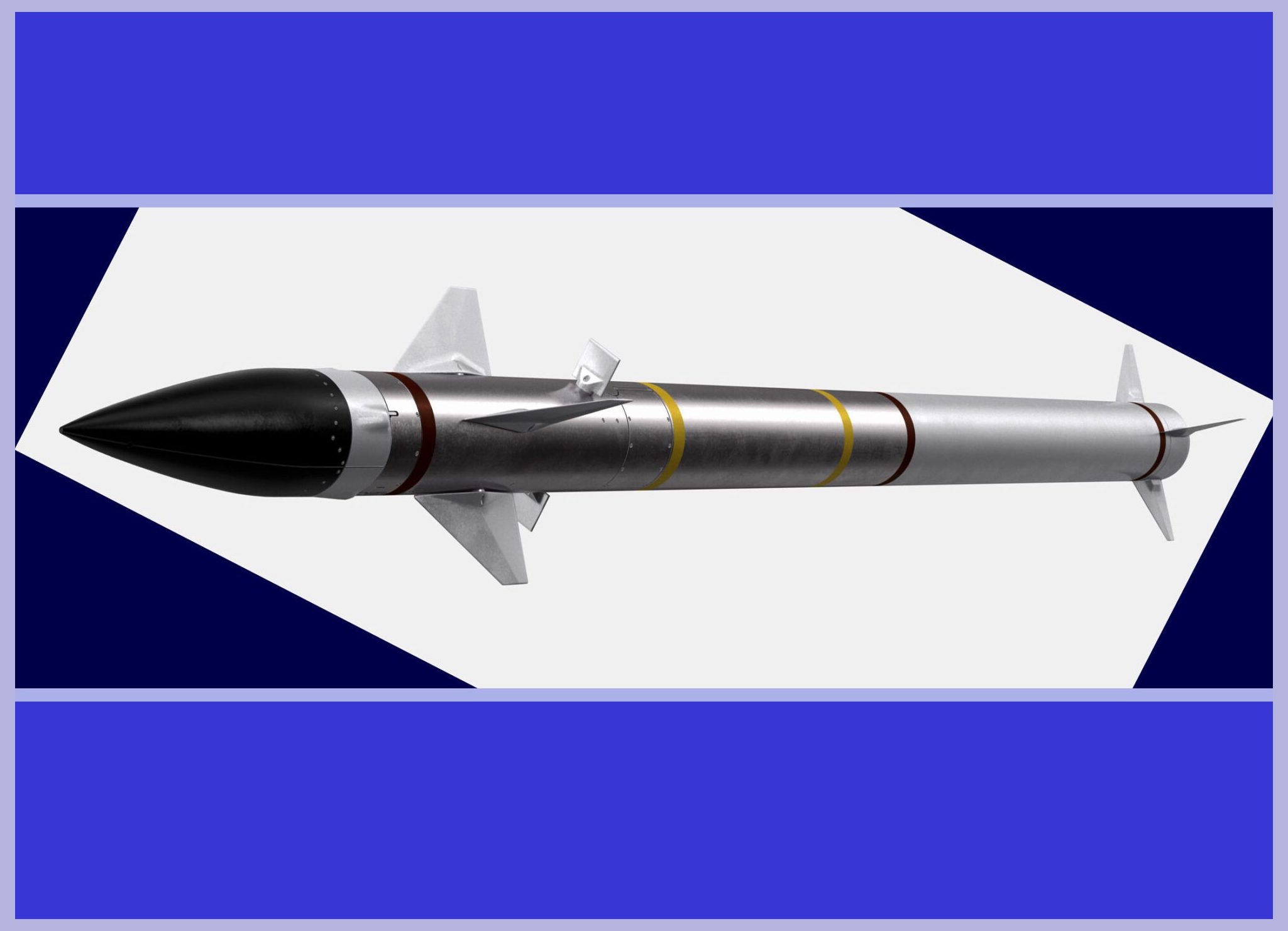
1 thought on “Discover the Best of the Iron Dome SAM System of Israel”